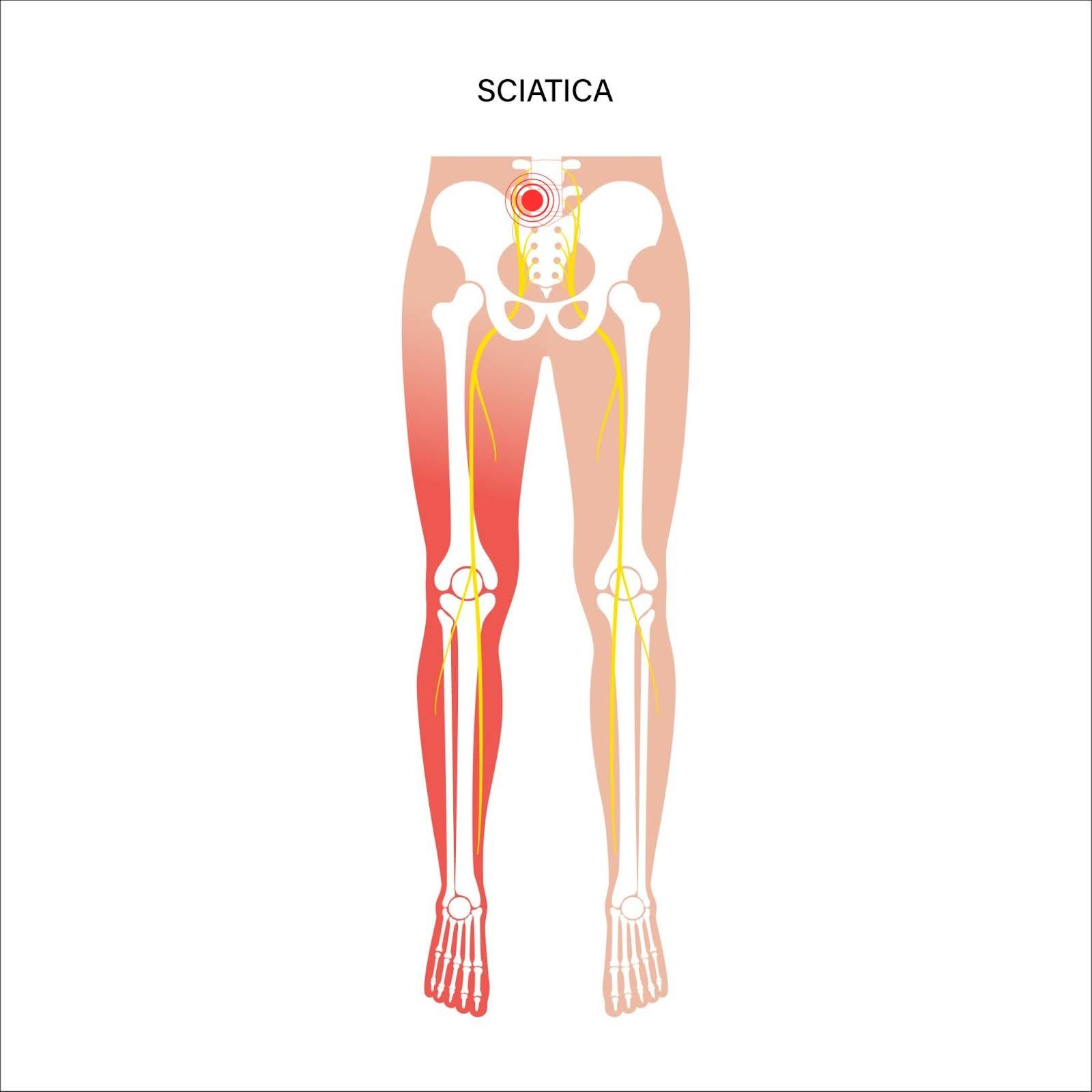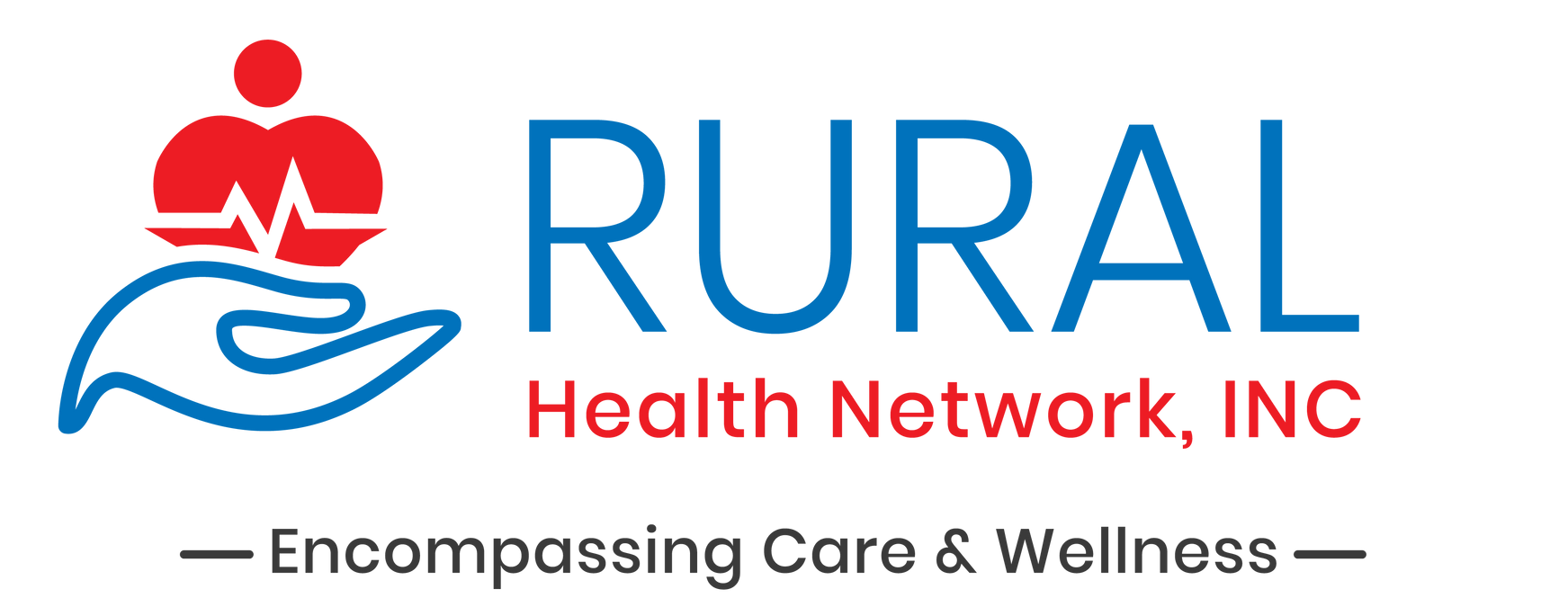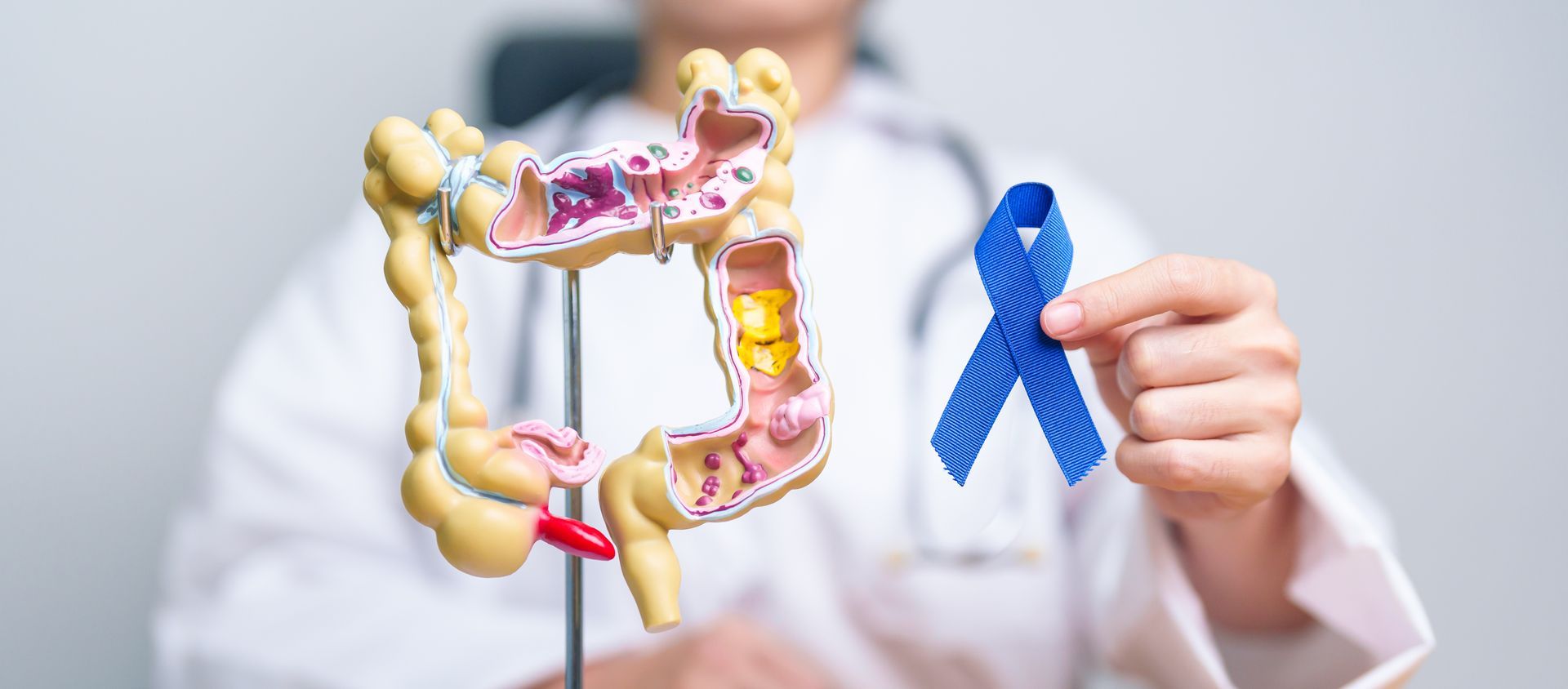Chronic Back Pain: Insights into Sciatica Relief

Millions of people around the globe suffer from chronic back pain, and among its painful manifestations is sciatica. This debilitating condition can turn simple daily tasks into overwhelming challenges.
But what exactly is sciatica, and why does it happen?
Whether you're a long-time sufferer, newly diagnosed, or curious if you have sciatica, understanding this condition can help you reclaim mobility and comfort.
What is Sciatica?
The sciatic nerve is the body's largest and longest nerve, extending from the lower spine down to the buttocks and each leg.
Sciatica describes pain radiating along the sciatic nerve's path. When irritated or compressed, this nerve causes pain ranging from a mild ache to an electric shock-like sensation or excruciating discomfort. Unlike typical chronic back pain, sciatica usually affects one side of the body, and the pain feels like a bad leg cramp lasting for a long time.
The conditions below trigger sciatica, putting pressure on the sciatic nerve or its root origins in the spine.
- Herniated discs: Often the most common cause, this condition is where a disc protrudes and presses on the nerve.
- Spondylolisthesis: A condition where one vertebra slips over another, compressing the spinal nerves.
- Bone spurs: These are bony growths that can impinge on spinal nerves.
- Spinal stenosis: A condition where a narrowing of the spinal canal puts pressure on the nerves.
- Piriformis syndrome: In this condition, the buttocks' piriformis muscle spasms and irritates the sciatic nerve.
- Tumors: Although less common, tumors can impinge on the sciatic nerve, causing sciatica.
- Injury or infection: Direct injuries to the spine or infections affect the lumbar or sacral nerve roots, leading to sciatic pain.

Sciatica Risk Factors
While anyone can develop sciatica, below are factors that increase it’s likelihood:
- Obesity: Excess weight places additional strain on the spine.
- Occupational Hazards: Jobs that require lifting heavy objects, twisting your back, or driving for long periods increase your risk of sciatica.
- Sedentary Lifestyle: Those who sit for long hours or live a sedentary lifestyle are more likely to suffer from sciatica.
- Age-related Changes: As we age, the body undergoes changes that can affect the spine. Bone spurs and herniated disks are among the most common age-related conditions that can lead to sciatica. Sciatica usually affects individuals aged 30 to 50, though it can also occur in people who are in their 20s.
- Diabetes: This condition affects how your body utilizes blood sugar and raises the chance of sciatica due to nerve damage.
How Does Sciatic Pain Feel Like?
The symptoms of sciatica typically include:
- Reduced reflexes in the knee or ankle on the affected side
- Numbness, muscle weakness, jolt, or tingling in the affected leg or foot
- Chronic lower back pain or a sharp, burning sensation radiating from the lower spine to the buttock and down the back of the leg
- A pain that worsens with sneezing, coughing, prolonged sitting, standing up, and bending forward
- Difficulty lifting the foot off the ground or performing everyday movements like getting out of bed or climbing stairs
How is Sciatica Diagnosed?
While 85% of individuals will experience back pain at some point in their lives, only 2–10% will suffer from true sciatica. So, how can one distinguish between joint back pain and sciatica?
Consulting a doctor for a check-up is the best way to find out. Here's an overview of how healthcare providers at
Rural Health Network diagnose sciatica:
1. Thorough Medical History
The doctor will ask about your pain, its onset, and what activities exacerbate or relieve it. Understanding the pain's characteristics—whether it is sharp, shooting, or accompanied by numbness or tingling—helps identify sciatica and rule out other conditions.
2. Physical Examination
Your physician will check your muscle strength and reflexes during the physical exam. You’ll then perform specific stretching and movement exercises to trigger your sciatic pain and assess its severity.
3. Neurological Examination
A neurological examination involves checking your reflexes, muscle strength, and ability to feel sensations. They may perform a straight leg raise test to evaluate lumbar nerve root irritation, and sensory testing to check for numbness or decreased sensation along the nerve pathway.
4. Imaging Tests
If your pain is severe or persists after initial treatment, imaging tests may be necessary to get a clearer view of your spinal structure. Standard imaging tests include:
- X-ray: This test can reveal bone spurs pressing against a nerve.
- Magnetic Resonance Imaging (MRI): A more detailed test than X-rays that can show herniated disks, bone spurs, and the condition of nerves and other soft tissues.
- CT Scan: When an MRI is unavailable, a CT scan combined with a myelogram (an imaging technique that involves injecting dye into the spinal fluid) provides detailed images of the spinal cord and nerves.
5. Electromyography (EMG)
An EMG can assess the electrical impulses of muscles along the nerve pathway for further investigation. This test confirms nerve compression caused by bulging disks or spinal canal narrowing.
Sciatica Treatment Options
There are several treatments for sciatica, depending on how severe it is and what causes it. Below are the non-surgical and surgical sciatica treatments:
1. Physical Therapy
A physical therapist teaches exercises to support the back, strengthen the muscles, correct posture, and improve flexibility. This therapy not only helps to relieve current symptoms but also prevents future episodes of sciatica.
2. Medication
Over-the-counter pain relievers like naproxen or ibuprofen alleviate inflammation that contributes to discomfort. In severe cases, a doctor may prescribe anti-inflammatory medications, muscle relaxants, or even narcotics for a short period.
Another option for relieving nerve pain is to take medications like gabapentin or duloxetine, which are specifically designed to ease nerve pain. Injecting epidural steroids directly into the area around the spinal nerves also lessens inflammation and improves mobility and pain relief.
3. Heat and Cold Therapy
Apply a cold pack to the inflamed area during the first 24-48 hours of pain onset to help reduce swelling and numb the sore area, providing immediate relief. After the initial inflammation has settled, a heating pad or a warm bath loosens and relaxes tissues to stimulate blood flow to the area.
4. Alternative Therapies
Many patients find relief from sciatica pain through alternative treatments such as chiropractic adjustments, massage therapy, and acupuncture. Acupuncture helps by stimulating nerves, muscles, and connective tissue, which boosts your body’s natural painkillers and increases blood flow.
5. Surgical Treatments
Surgery might be an option if conservative sciatica treatments don't alleviate your symptoms and if your pain is progressively worsening. Standard surgical procedures include microdiscectomy and laminectomy, which aim to remove the portion of the bone or disk that is pressing on the sciatic nerve.
Ways to Prevent Chronic Pain
Sciatica relief isn't just about treatment—it's also about integrating healthy practices into your daily routine. Implement these to prevent and lessen the severity and duration of sciatica symptoms.
1. Ergonomic Adjustments
When standing for a long time, place one foot on a stool or small box from time to time, and if you are lifting something heavy, let your lower extremities do the work. When sitting for a prolonged time, sit in a chair that supports the spine's natural curve. Chairs with adjustable backrests, seats, and armrests are ideal. Keep your feet flat on the floor or footrest to maintain proper alignment and reduce chronic back pain.
Maintain an eye-level position while working on the computer to avoid neck strain. Make commonly used items easily accessible to minimize bending and twisting. Wear a headset to prevent you from cradling the phone between your shoulder and neck.
2. Regular Physical Activity
Exercise promotes better circulation, helping to deliver nutrients to spinal discs and speeding up healing. Regular low-impact activities such as yoga, walking, or swimming strengthen muscles and increase flexibility, which is crucial for spinal health.
Specific stretches for the lower back and legs relieve sciatic nerve pressure. For example, you can do the piriformis, hamstring, and spinal stretch daily to improve flexibility and reduce nerve irritation.
3. Healthy Diet and Nutrition
Eat anti-inflammatory foods to lessen inflammation around the sciatic nerve. Flaxseeds, salmon, turmeric, ginger, and green leafy vegetables are excellent choices. Keeping hydrated is also vital for maintaining the soft tissue elasticity and fluidity in joints. Water helps to keep spinal discs hydrated so they can function as shock absorbers in the spine.
4. Ample Sleep and Rest
While maintaining activity is essential, so is rest. Allowing your body to rest can help you recover from flare-ups more quickly and reduce the chances of aggravating your condition. If you want to align your hips and relieve pressure on your lower back, sleep on a firm mattress with a pillow under or between your knees. Avoid sleeping on your stomach, which places undue stress on your back.
5. Mindfulness and Stress Reduction
Mindfulness and meditation help manage the psychological aspects of chronic pain by easing stress and promoting relaxation. Regular massage therapy reduces muscle tension, improves circulation, and relieves pain. It's especially beneficial when the sciatica pain is due to a muscle spasm or tightness.
Chronic Pain Management at Rural Health Network
At Rural Health Network, we understand that managing chronic pain like sciatica requires a comprehensive approach that addresses physical symptoms and lifestyle factors. Our compassionate healthcare team offers personalized care that not only treats your symptoms but also helps to prevent future episodes of pain.
We provide
Chronic Care Management tailored to relieve pain and improve mobility, from physical therapy to medication treatments.
Start living a more comfortable and active life! If you're struggling with sciatica or other forms of chronic back pain,
book an appointment online or contact (209) 862-3604.










